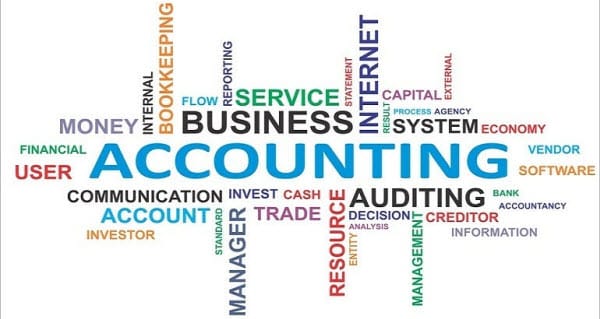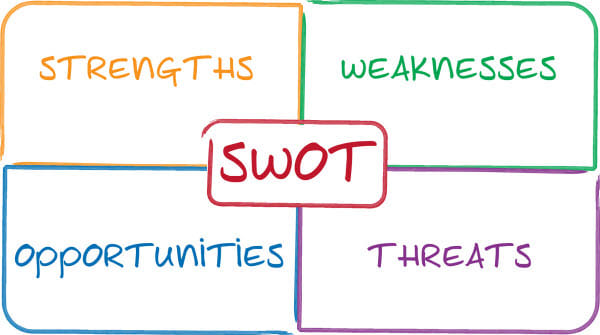A restaurant is a uniquely operated entity due the nature of its relationship with its patrons and suppliers. Food inventory management is an integral part of restaurant accounting as is monitoring the staff to update menu items and efficient regulation of building space. Doing as such is crucial for keeping track of food costs, utility expenses and reducing waste. Restaurant accounting connects menu planning to how many customers you host thus making it essential to the daily operation in the food service industry.
What You Should Know about Restaurant Accounting

Accounting Can Facilitate Restaurant Management

Most restaurateurs are drawn to the food industry because of passion for food and career opportunities championed by the competitive entrepreneurial spirit they possess. Driven to success by providing the best food service in the industry, they are ready to jump on the bandwagon. Accounting doesn’t quite enter into the equation yet when they open their restaurant. Restaurants, however, can only survive for so long on razor thin profit margins. You can increase the odds of success in your business endeavors by learning how to do restaurant accounting properly.
Operating a restaurant is a big responsibility you can assume. It requires more than playing into your passion and talents for cooking and hospitality. With a business strategy in place along with organization and determination to keep accurate accounting records will help your restaurant get off to a strong start. Keeping records can show where you are making progress and where you are falling behind. Even if you are more comfortable flipping burgers than you are making general ledger entries, you will still need to have an efficient system to record all transactions. Restaurant management and investors can utilize these ratios to gain further insight and understanding of the restaurant business.
Integrated Restaurant Bookkeeping Software

Every industry has specialized bookkeeping needs. Keeping books may not necessarily require you to have a CPA nor recruit one. While large multi-chain units tend to have their own in-house accountants to do their books for them, smaller and independently operated restaurants like to computerize their expenses and profits with or without professional assistance. Some of the most popular accounting programs restaurateurs like to use are Quickbooks, Wagepoint, Sage 50, and, Microsoft Dynamics GP, as they are more user-friendly and efficient than the more advanced software large corporations use. Hence, a fully integrated restaurant bookkeeping software is composed of a POS system, a middleware system combined with a financial management software that is designed to make it easier for you to import numbers into the program you are using. A middleware system intermediates between restaurant POS systems and financial management software by extracting inventory and sales data from your POS system, calculating the figures, then importing the information you need into your bookkeeping software.
Before you decide on which bookkeeping software you going to use, you need to know how involved you intend to be regarding accounting. If you run a small restaurant startup, you are not left with much of a choice. In such instances, you will have to do all the books before there is no one else to do them for you. Otherwise, you may want to weigh the advantages and disadvantages of hiring an in-house accounting professional or use an outsourcing bookkeeping service. The expenses may make you reluctant but it buys you a lot of time you need to run your restaurant which has a lot of value to you. There are many avenues too track your books; many of which are tailored to your personal preferences and budget from, an accounting software to restaurant specific programs, paper ledger and a spreadsheet.
How to Set Up and Manage Your Books
Much like with anything you undertake, there needs to be a starting point. How will you be able to record your transactions if you don’t know where to begin? Setting up your books and learning which entries to make for certain accounts is the most difficult part of the bookkeeping process. Especially if you have never done something like this before. Double-entry accounting is very complicated. It obviously would be easier to have an accountant or bookkeeper to set everything up for you. Assuming that hiring a professional is not in your budget or on your mind for the moment, you can always find sample accounts online or from relevant industry sources. Most accounting/bookkeeping programs happen to offer sample restaurant accounts which you can use. If you find setting up your books to be too time consuming, it may be worth it for you to pay a professional for a few hours just to give you instructions on how to navigate around these programs. Doing as such could save you a lot of hours of stress and confusion.
What You Should Track
An accounting system can provide different information on how they are relative to your sales from how much tax to remit, to labor costs, and food costs. Unless you decide to do all the bookkeeping yourself, accountants can handle taxes, payroll, and year-end reports. In most cases, you don’t have to worry about utility expenses and lease payments as they are largely beyond your control. Instead, you should concentrate on matters that attribute to the success of your business:
- Sales: knowing how much revenue you generate daily.
- Orders: recording the purchases you make on restaurant furniture, kitchen utensils, food, etc.
- Inventory: you may need to manually keep count of your items because the most your accounting system could do is tell you what you need to have on hand.
- Payroll: that could be an expense by itself if you are leaving this responsibility to an accountant or bookkeeper. This entails paying employees accordingly, tallying up payroll taxes, withholding income tax, calculating worker’s compensation figures, reconciling vendor invoices with purchase orders, and checking for accuracy in payments for services and supplies.
Restaurant accounting is one of the most important business aspects in the food industry. But the mere thought of managing your books on your own can be overwhelming. Even if you are not mathematically inclined, the concept itself is very simple if you are committed to organization and precision. The purpose of this system is to know when to spend, how much to spend, what to spend on, where your revenue is coming from, and how much you need to earn to make profit.
Targeting Financial Performance Metrics

Your restaurant may proudly serving the most delicious food or provide the beast table service in your area. Often enough, the only way to know whether you are floating or drowning is the direction you are facing. In other words, if you can’t differentiate Drafting a restaurant analysis report, or a SWOT Analysis, will help you monitor your progress. You can also invite your staff to lend their inputs and suggestions so you can gain more insight from different perspectives. A financial consultant with expertise in the food industry can help you draft a restaurant financial report if need be.
Depending on how often they are produced, a profit and loss statement will give you a broad overview of your sales history. This information is especially useful when it reflects on the cost of sales, labor and other overhead costs. A restaurant analysis report critically evaluates profits and losses to determine specific areas that need improvement.
A cost of sales, or sometimes referred to as cost of goods calculates all the expenses put into creating menu items. Running a financial analysis can help you determine the percentage that your restaurant’s cost of sales should be running at. Cost of labor can segue into the cost of sales. A fine line is drawn between overstaffing a restaurant and hiring the right amount of employees to operate your restaurant efficiently. Sensible hiring and scheduling is not only the best way to ensure employee productivity but it is also the best way to keep the cost of labor under control. Hence, an SWOT analysis can review payroll reports, sales reports, and the count of patrons visiting your restaurant to optimize productivity and lower the cost of labor.
